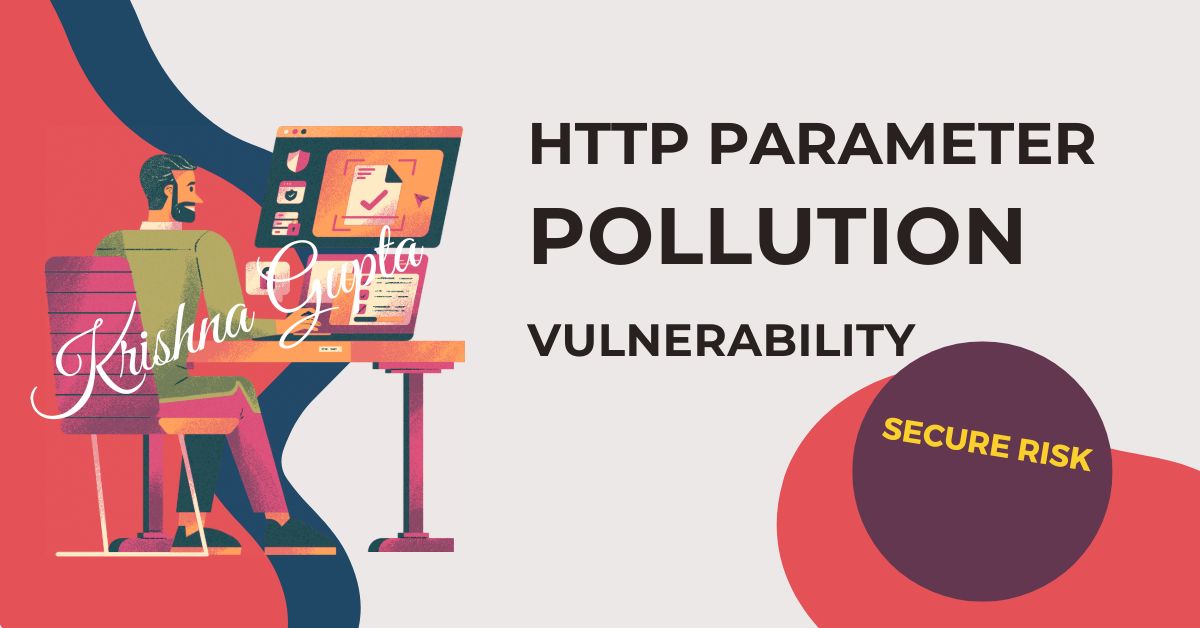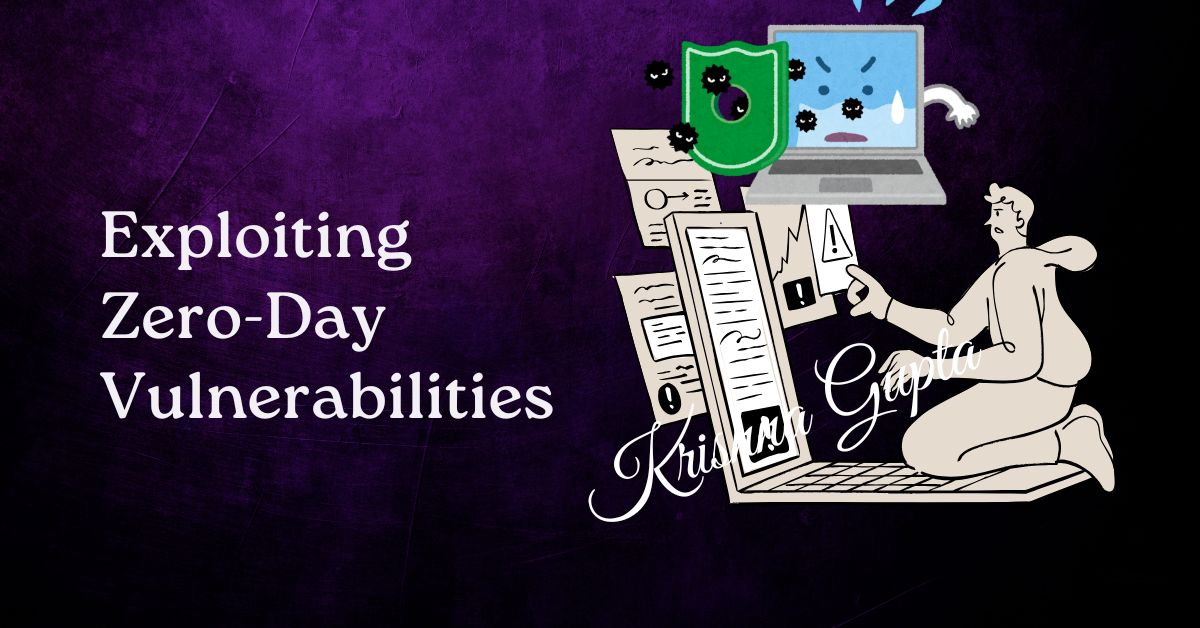The Hurkle-Durkle Phenomenon: A C-Suite Perspective
Hurkle-durkling, a delightful Scottish term, refers to the act of lounging in bed, often beyond one’s intended wake-up time. While it might appear to be a simple act of procrastination, it encapsulates a more profound psychological need for rest, rejuvenation, and mental clarity.




